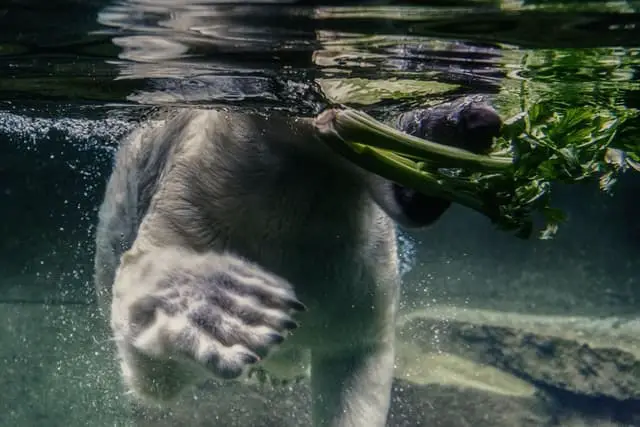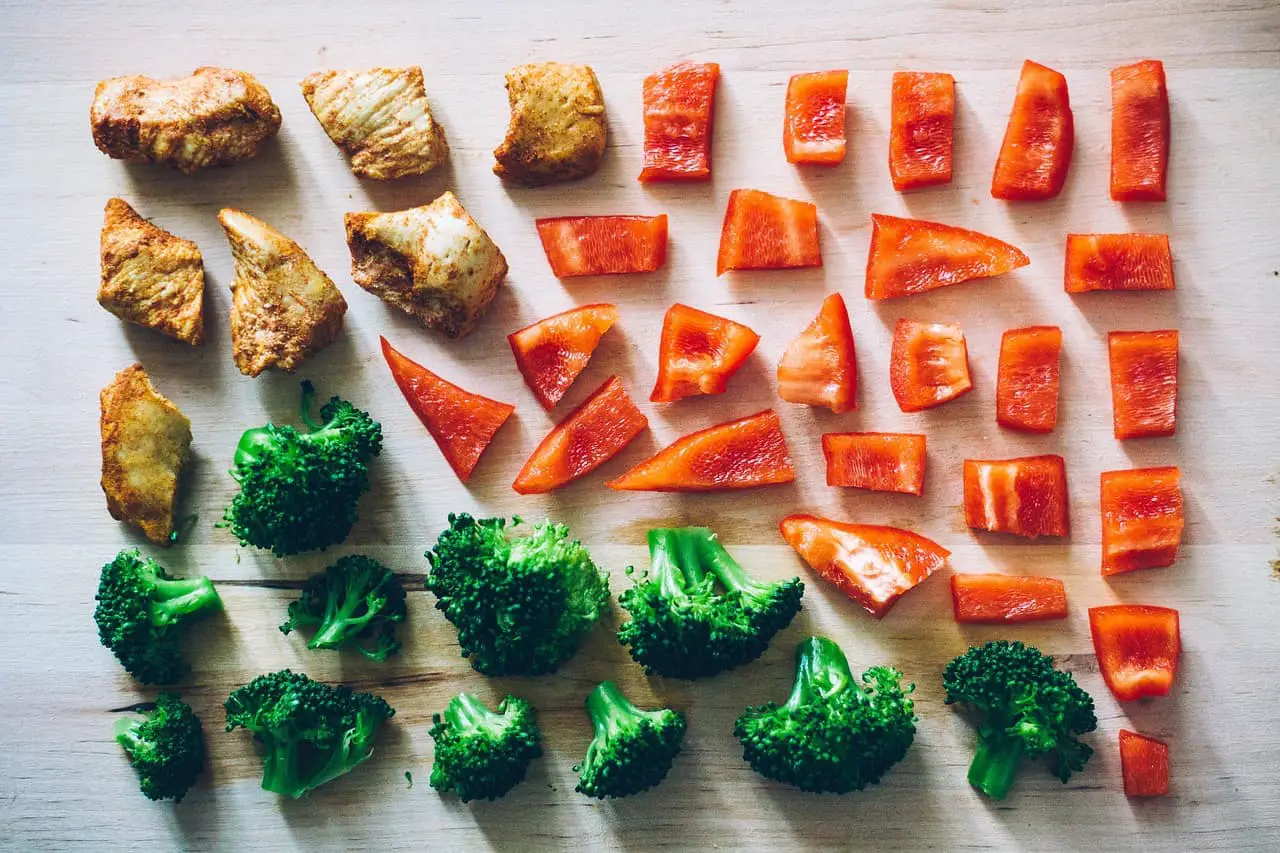It feels like every week there’s a new fad diet or dieting myth about what you should eat for six-pack abs. Today we’ll jump into the science to answer the question “are negative calorie foods real?”
It would be great if we could eat a type of food, however tasteless, and burn more calories than the food itself. This just isn’t true. Cucumber and celery have long been on the list of foods that aid in weight loss through low calories and a magical thermogenic effect. Let’s examine the truth about negative-calorie foods.
Table of Contents
10 Of The Top Noted Negative-Calorie Foods
- Celery: 14 calories per cup (100 grams), 95% water
- Carrots: 52 calories per cup (130 grams), 88% water
- Lettuce: 5 calories per cup (35 grams), 95% water
- Broccoli: 31 calories per cup (90 grams), 89% water
- Grapefruit: 69 calories per cup (230 grams), 92% water
- Tomatoes: 32 calories per cup (180 grams), 94% water
- Cucumbers: 8 calories per cup (50 grams), 95% water
- Watermelon: 46 calories per cup (150 grams), 91% water
- Apples: 53 calories per cup (110 grams), 86% water
Find more details on these foods on Food Data Central
What is a negative-calorie food?
Firstly, a calorie is just a unit of measurement for energy. Actually, what you’ll see on your food packaging is measured in kilo calories (Kcal)- which is 1,000 calories.
The concept of a negative-calorie food is one that contains less energy than it takes for your digestive system to break down and absorb the macro and micronutrients from the food itself. Which would mean that you are in a calorie deficit by eating these?
Although this makes sense – unfortunately the science proves it does not work and that zero-calorie foods are a known myth.

Lizard Study
A 2019 study at the University of Alabama used Australian bearded dragons to test the negative-calorie effects of celery on these lizards. The researchers measured energy lost in urine and lizard poo, their metabolic rate, and the cost of meal digestion.
The results of this concluded that the bearded dragons still held onto a quarter of the energy from the celery ingested.
Transferable to humans
The researchers believe that because lizard and human metabolic rates are very similar that the effects would also be very close. So if you’d already purchased a fridge full of celery – you might have to find a smoothie recipe to use it all.
Granted there is still a lot of learning about negative-calorie foods. Celery and cucumber can be great for a light snack, but it’ll take more than that to get into great shape.
Calories needed to chew food
Some arguments for negative-calorie foods include the idea that some foods require more chewing and therefore more calories are burned in the process.
This is clearly not the case – especially with the food list given above as soft and easily consumed foods. A 1999 study on chewing gym proved that just 11 calories per hour were consumed when participants chewed gum. This is an incredibly small amount compared to the intake of calories from eating.
The Bottom Line
If negative-calorie foods really did exist then more people would be aware of this by now, and the whole world would be eating celery and cucumber alongside their burgers and 2-liter sodas whilst still maintaining chiseled washboard abs. This just isn’t true.
If you want the truth on how to achieve a leaner body without trying fad diets – read our Ultimate Guide to Cutting which explains everything you need to know about getting shredded and a sample diet plan.
We all know that a good training routine that compliments a super nutritious diet is the best way to stay fit, healthy, and live a long life. But for those with a massive sweet tooth – this Ultimate Protein Chocolate Mug Cake with just 170 calories takes less than 5 minutes to make!

